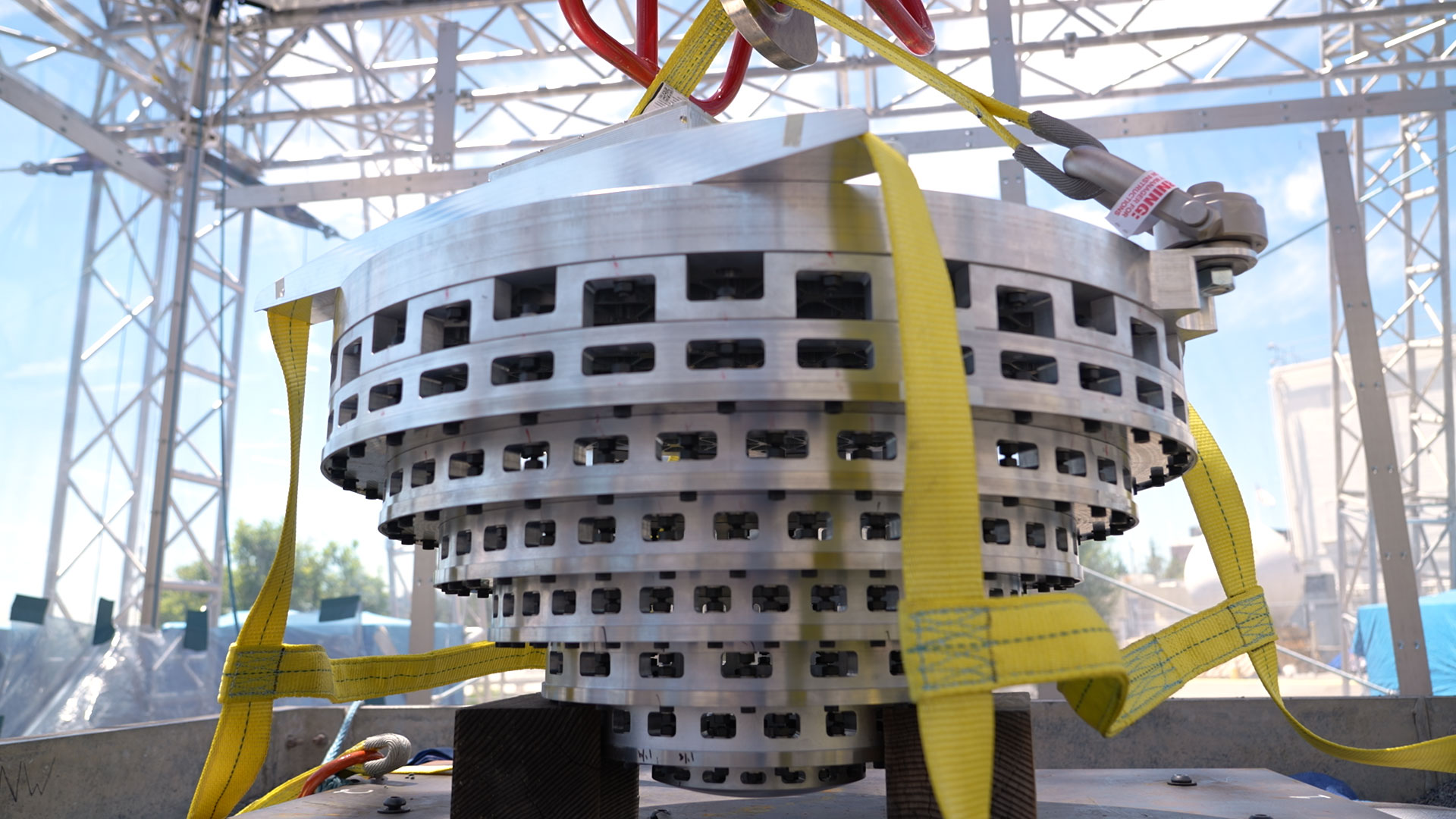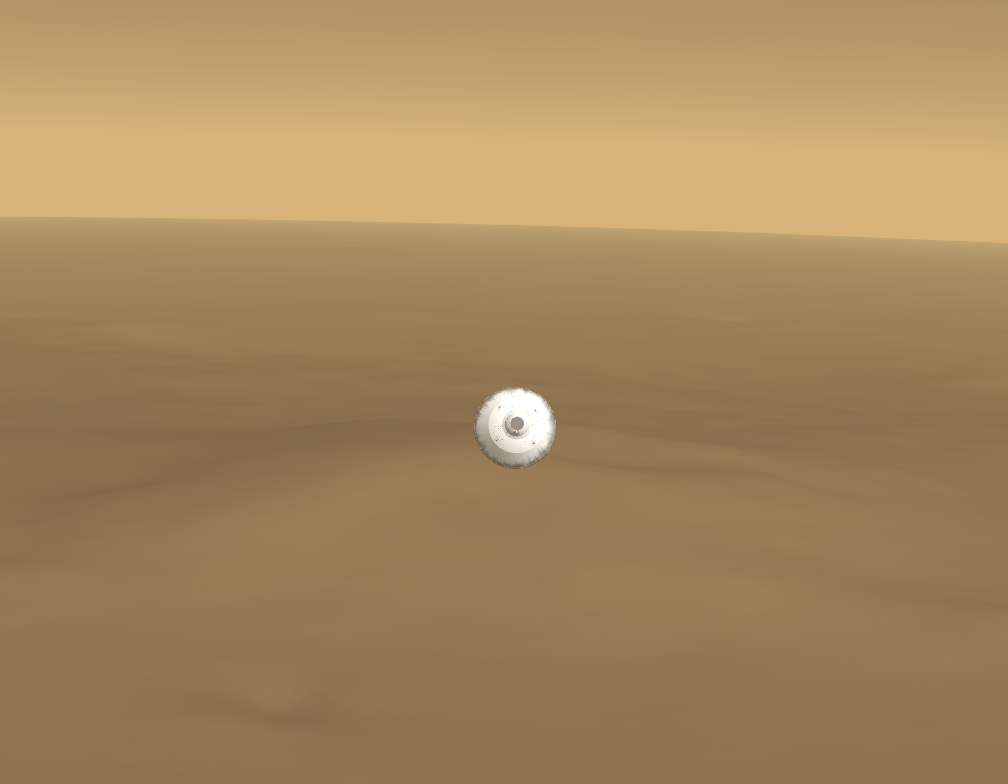There are many ways that a spacecraft can land on Mars, using parachutes, airbags, and jetpacks, you name it. But those methods are very complex and require many things to go right for the craft to survive. And great accuracy requires great amounts of cost. For this reason, NASA is currently developing a new way to get space probes onto the surface of the red planet. It’s an ingenious, counter-intuitive plan that sends a probe crash-landing onto Mars, only to absorb the impact at the last moment. Find out about this method and how it brings mission costs down.
How Does the Lander Absorb the Tremendous Impact?
By crash-landing, I mean a real, actual crash. The probe will use minimal deceleration methods inside the Martian atmosphere until it reaches the surface at about 110 miles per hour. That’s an amazingly high speed, given that all successful Mars landings involve impact speeds of a gentle few kilometers per hour, which is good enough for the average machine to survive. So for the lander to remain in one piece, it must absorb the staggering g-forces from the massive impact.
For this reason, NASA designed a deceleration system called SHIELD (Simplified High Impact Energy Landing Device). It’s a collapsible series of plates that decelerates the craft by being crushed, one by one, as they give enough time for the lander to decelerate. Thus, it will experience less g-force deceleration, enabling the structure above the system to survive.

Credit: NASA/JPL
Link: https://mars.nasa.gov/resources/27069/shield-prototype-attached-to-drop-tower/
Has This Been Tested?
Whenever a new system is being developed, the first step is to test it and see if it works. So has SHIELD been tested before the news release? The answer is yes. On August 12, 2022, the prototype was released from a 90-foot-tall drop tower using a bow launch system. This accelerated the craft to a speed of 110 miles per hour, about the same speed as a crash-landing on Mars.
Fortunately, the system survived. After the impact, the payload inside the prototype, even the smartphone, got out of the test intact. However, the payload bounced due to a harder-than-expected landing, simulated with an extra steel plate. Nevertheless, the test was an overall success.
Applications of the System
Now that the system works, how are space agencies going to use it? The crash-landing approach dramatically reduces the complexity of the entry-descent-landing procedure, known as the 7 minutes of terror. The new deceleration system works mechanically and is thus usually less complex than using rocket engines, for example. For this reason, it lowers the costs of Mars landings, thus enabling missions to take more risks with more difficult landing sites. This technique can be used to land on other planets with denser atmospheres as well, thus allowing more exploration of Solar System objects.
Conclusion
In this article, we’ve learned about the SHIELD system, which enables landers to crash-land on Mars without suffering damage. The system also reduces the cost of Mars missions and other missions alike, allowing us to send more spacecraft and learn about the Solar System. If we’ve missed anything that we should have included, please leave them in the comments below. For more information about this ambitious plan, visit this news release by NASA.

